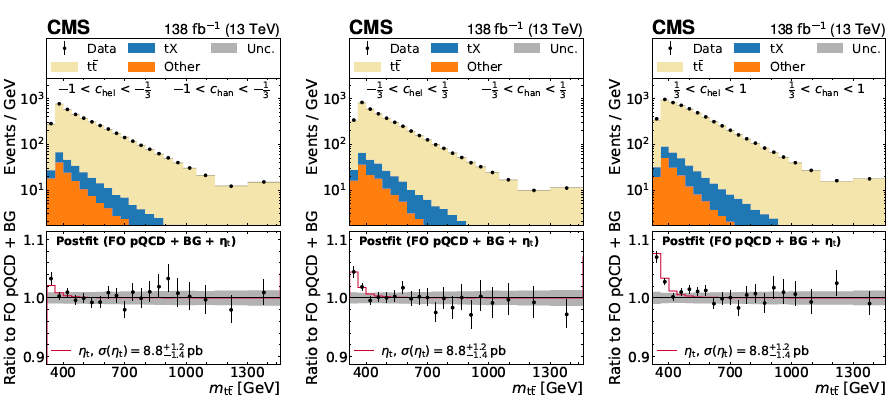Preparing the documents needed for an exam for a career advancement, to a scientist like me, is something like putting order in a messy garage. Leave alone my desk, which is indeed in a horrific messy state - papers stratified and thrown around with absolutely no ordering criterion, mixed with books I forgot I own and important documents I'd rather have reissued rather than searching for them myself. No, I am rather talking about my own scientific production - pubished articles that need to be put in ordered lists, conference talks that I forgot I have given and need to be cited in the curriculum vitae, refereeing work I also long forgot I'd done, internal documents of the collaborations I worked in, students I tutored, courses I gave.
Although now widely accepted as the most natural explanation of the observed features of the universe around us, dark matter remains a highly mysterious entity to this day. There are literally dozens of possible candidates to explain its nature, wide-ranging in size from subnuclear particles all the way to primordial black holes and beyond. To particle physicists, it is of course natural to assume that dark matter IS a particle, which we have not detected yet. We have a hammer, and that looks like a nail.
It is a well-known fact that given the availability of food, we eat far more than what would be healthy for our body. Obesity has become a plague in many countries, and the fact that it correlates very tightly with a decreased life expectancy is not a random chance but the demonstrated result of increased risk of life-threatening conditions connected with excess body fat.
Yet we eat, and drink, and eat. We look like self-pleasing monkeys trained to press a button to self-administer a drug. To make matters worse, many of the foods and drinks we consume contain substances purposely added to increase our addiction. So it takes a strong will to control our body weight.
Today the Cornell arxiv features
a paper by J. Aguilar Saavedra and F. Jouaquim, titled "
A closer look at the possible CMS signal of a new gauge boson". As I read the title I initially felt somewhat lost, as being a CMS member I usually know about the possible new physics signals that my experiment produces, and the fact that we had a possible signal of a new gauge boson had entirely escaped my attention. Hence I downloaded the paper and started reading it, hoping to discover I had discovered something new.
As I reported a couple of times in the course of the last three months, the ATLAS experiment (one of the two all-purpose experiments at the CERN Large Hadron Collider) has launched a
challenge to data analyzers around the world. The task is to correctly classify as many Higgs boson decays to tau lepton pairs as possible, separating them from all competing backgrounds. Those of you who are not familiar with the search of the Higgs boson may wonder what the above means, so here is a crash course on that topic.
Crash course on the Higgs and its decays to tau leptons
 The Night Sky From Atacama
The Night Sky From Atacama On A Roll
On A Roll When The Attack Plays Itself
When The Attack Plays Itself Toponium Found By CMS!
Toponium Found By CMS!







